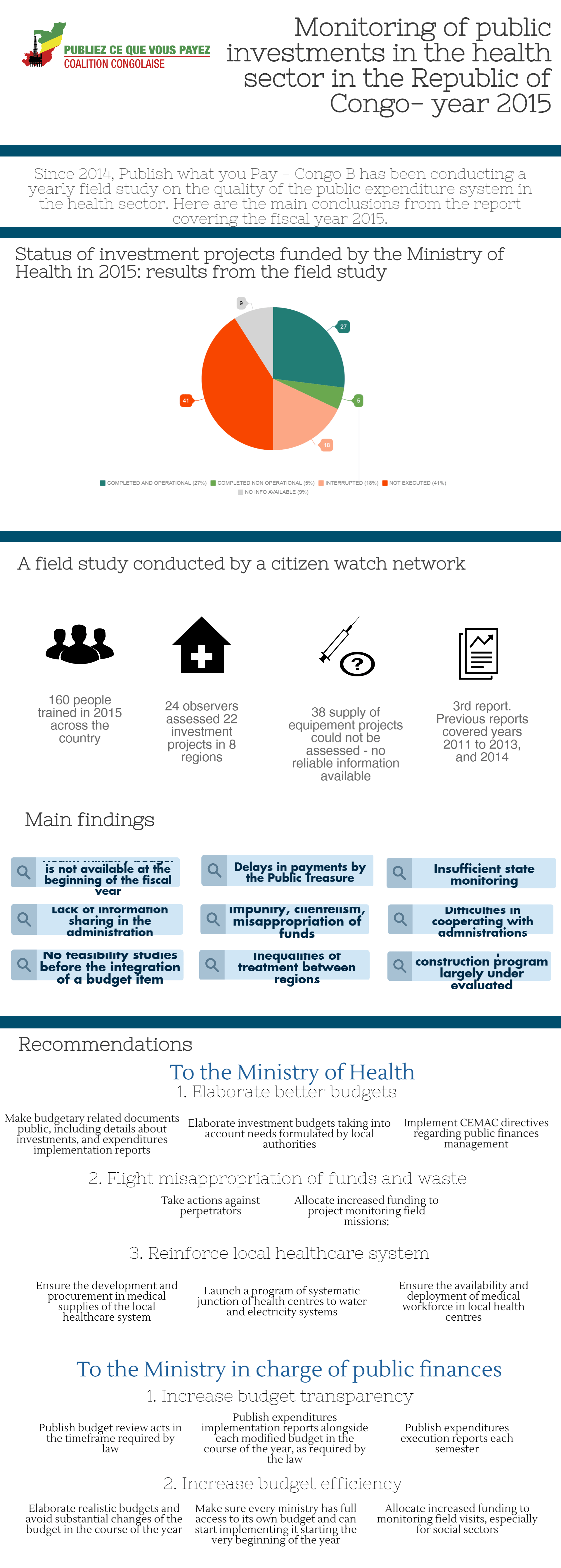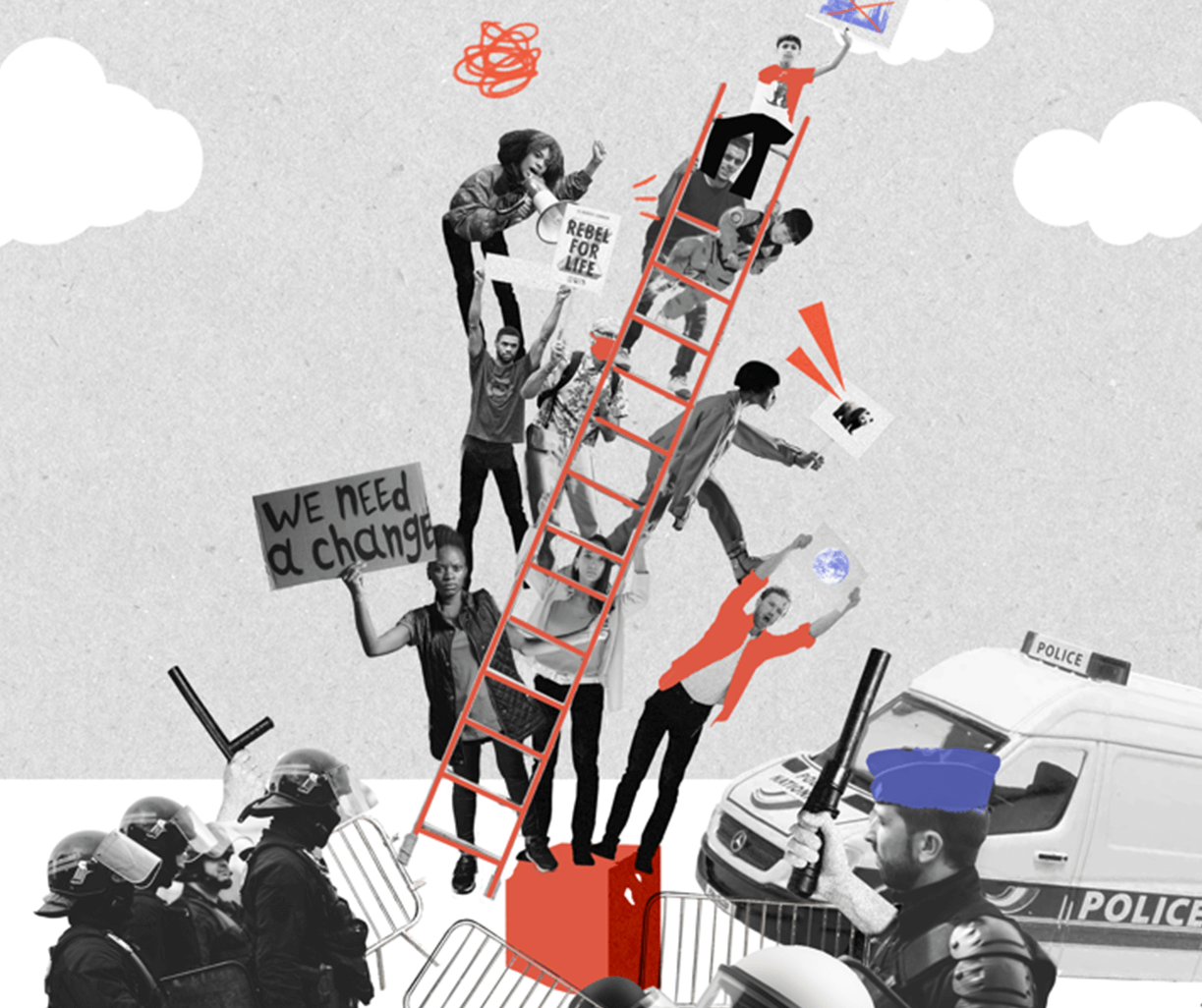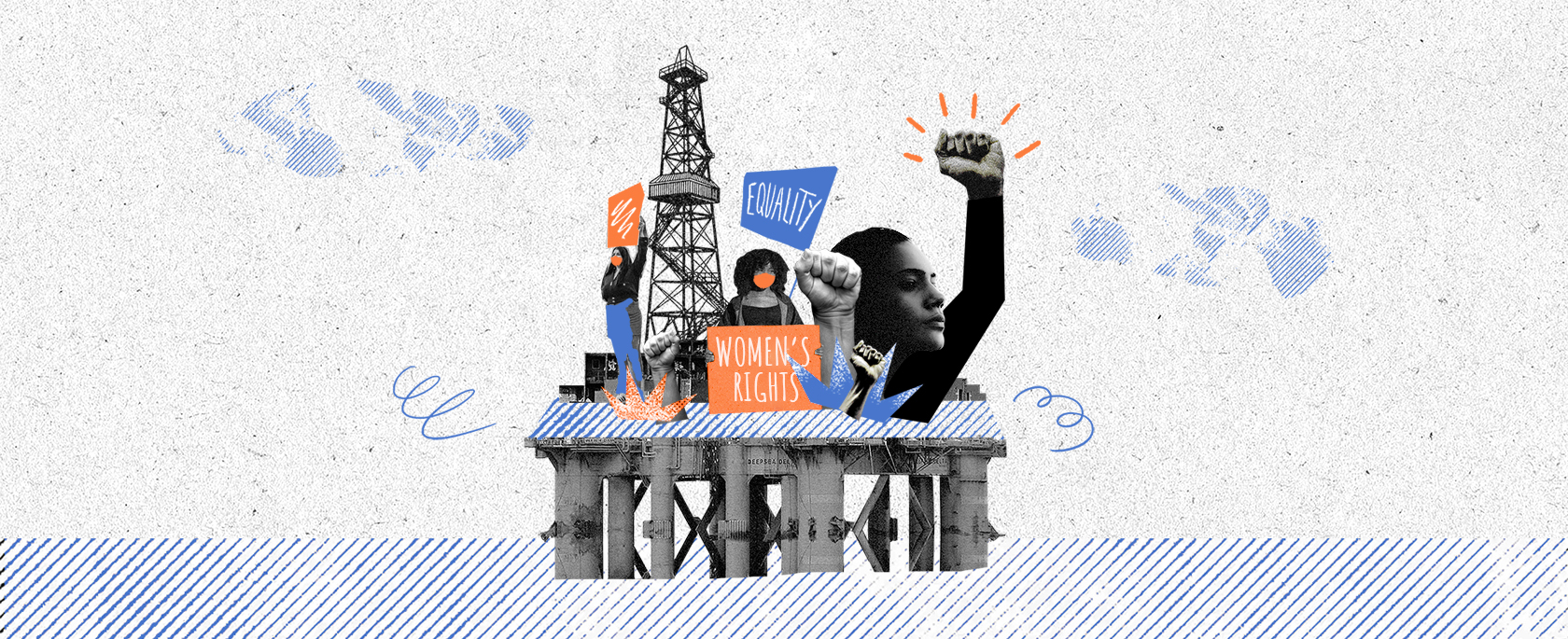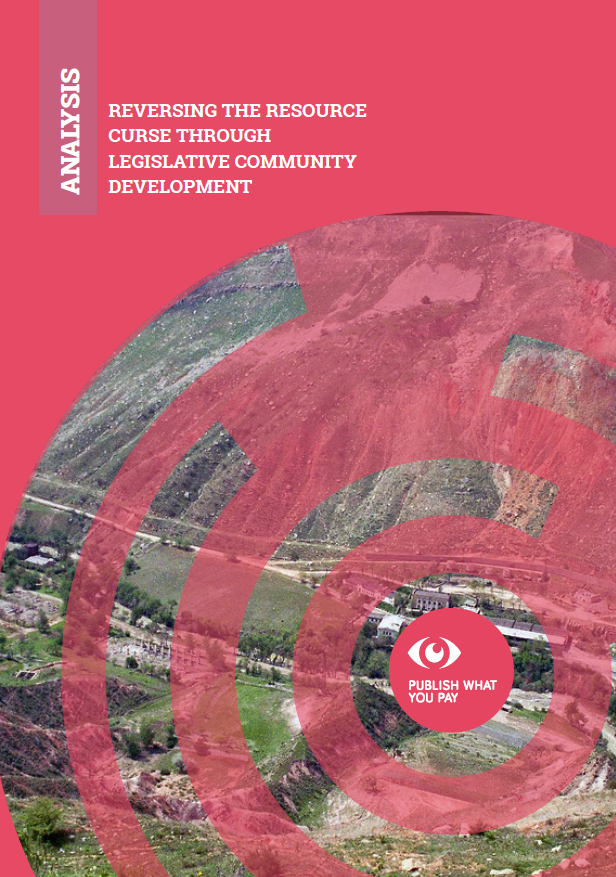Third report on the monitoring of public investments in the health sector in Congo-Brazzaville
Blogs and News
Third report on the monitoring of public investments in the health sector (year 2015): Only 27% of payments reached their planned destination
Pointe Noire, February 14th 2017 – Publish What You Pay-Congo (PWYP Congo) has published its third report on the implementation of planned public investments in the health budget for the year 2015. The report reveals that of the payments assessed, only 27% of the funds reached their destination.
Previous reports, covering the fiscal years 2011-2013 and 2014, were well received, and assessed items from the budget allocated to the Ministry of Health. However, for this new study, PWYP Congo didn’t work on forecasting, but instead on a list of payment orders made by the Ministry in 2015.

The study was an opportunity to reinforce the citizen network in charge of conducting the field study. 160 people in 8 regions were trained for this exercise and, among them, 24 observers were deployed to visit 22 projects. Projects planned in the Pool region (3) could not be assessed because of insecurity issues since the elections of March 2016. Moreover, 38 projects related to the supply of equipment could not be assessed either as there was no information about the beneficiary structure or location. PWYP observers also visited 16 investment projects from the 2014 budget, in order to evaluate the progress made since the last field visit.
By conducting yearly monitoring studies of the health sector since 2014, PWYP Congo seeks to bring forward solutions to make the health care system accessible to all and more effective. The Republic of Congo allocates significant funds to the Health Ministry (second budgetary item in terms of investments by the end of 2015), but actual efforts do not live up to these expectations.
The new report shows there has not been any significant progress in the past years regarding the implementation of health public expenditures. The main conclusions are:
1. In only 27% of the cases where money was disbursed, did the observers witness actual progress in the advancement of the project. In 41% of the situations visited however, while money had been disbursed, there was no evidence of the use of these funds. PWYP identified different explanations to this situation:
a. Money does not often reach its final destination, or, when it does, not completely;
b. Delays in payments by the Public Treasure often causes interruption to construction works;
c. Construction sites are not being monitored by public services, which causes some of them to be abandoned;
d. Impunity of public servants and entrepreneurs prevents an actual decrease in corruption and clientelism practices.
2. For 9% of the projects PWYP wanted to assess, the observers could not gather enough reliable information in order to evaluate how the funds were used. This was caused by a lack of cooperation from managers, or a lack of answers from the Health Ministry.
3. The Health Ministry budget suffers from poor planning:
a. No feasibility study was conducted before the integration of an item into the budget;
b. Investments are often over-evaluated. For example, some projects keep appearing in budgets, but they were never implemented;
c. Regions are not treated equally;
d. The program aiming at building a general hospital in each region launched by the government in 2012 was completely under-evaluated and was developed at the expense of the local health care system.
4. The Health Ministry does not have access to its yearly budget when the fiscal year starts. Moreover, modifications of the budget that happen in the course of the year make it harder for ministries to follow the original plans.
5. PWYP salutes the openness recently shown by the Ministry of Health, and hopes the dialogue will remain open, and will allow a better exchange of information;
6. However, opacity remains around budgetary issues:
a. In Brazzaville, most health centre managers were not willing to answer PWYP Congo observers’ questions.
b. Information is being shared with great difficulties in the administration and among the different levels of authorities.
7. Between 2013 and 2016, the allocated health budget increased only slightly. In the same period, the defence budget increased by 84% (+13% for the investments), while the education budget decreased by 19% (- 52% for the investments).
Recommendations:
To the Ministry of Health and Population:
– Make budgetary related documents public, including details about investments;
– Publish expenditures implementation reports each semester;
– Fight corruption and embezzlement practices in the ministry, and take actions against perpetrators;
– Implement CEMAC directives regarding public finances management;
– Develop investment budgets taking into account needs formulated by local authorities, while evaluating those needs in order for the budget to be realistic and feasible;
– Allocate increased funding to project monitoring field missions;
– Ensure the availability and deployment of medical workforce in local health centres;
– Ensure the development and procurement in medical supplies of the local healthcare system;
– Launch a program of systematic junction of health centres to water and electricity systems.
To the Ministry in charge of public finances:
– Make sure every ministry has full access to its own budget and can start implementing it from the very beginning of the fiscal year;
– Allocate increased funding to monitoring field visits, especially for social sectors;
– Elaborate realistic budgets and avoid substantial changes of the budget in the course of the year;
– Publish expenditures implementation reports alongside each modified budget in the course of the year, as required by the law;
– Publish budget review acts in the timeframe required by law;
– Publish expenditures execution reports each semester.










